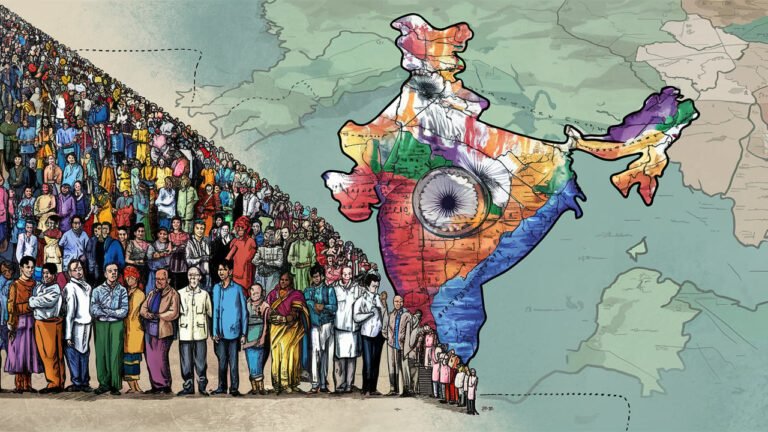Elections Introduction:
In the recent mammoth elections held in India, the world’s biggest democracy witnessed a remarkable political spectacle. The elections, spanning across multiple phases, captured the attention of millions and resulted in surprising results. Let’s dig into the details and make sense of this historic event.
Background: The Indian elections, held every five years, are a complicated affair due to the vastness and diversity of the country. With a population of over 1.3 billion people, India’s electoral process is a mammoth task. The elections involve the selection of members for the Lok Sabha, the lower house of the Indian Parliament, and play a crucial role in shaping the nation’s political environment.
Election Process: The Indian elections are handled in multiple phases to ensure a smooth and efficient process. The Election Commission of India oversees the full process, from voter registration to the announcement of results. The elections are held using electronic voting machines (EVMs), providing transparency and accuracy in the counting process.
Key Players: Various political parties and their leaders played a major role in these elections. The two major national parties, the Bharatiya Janata Party (BJP) and the Indian National Congress (INC), were at the forefront of the political fight. Other regional parties also emerged as key players, influencing the result in their respective states.
Campaigning Strategies: Political parties utilized diverse strategies to garner support from the voters. Massive rallies, door-to-door campaigns, and extensive use of social media platforms became the standard during the election period. Candidates focused on solving key issues such as economic development, social welfare, and national security to sway voters in their favor.
Voter Turnout: India experienced a massive voter turnout during these elections, showcasing the enthusiasm and commitment of its citizens towards the democratic process. Despite logistical challenges, voters from various age groups and backgrounds actively participated in shaping the future of the country.
Surprising Results: The election results brought some unexpected changes and turns. The Bharatiya Janata Party (BJP), led by Prime Minister Narendra Modi, achieved a resounding victory, winning a majority of seats in the Lok Sabha. This result highlighted the party’s strong appeal among voters across the country. On the other hand, the Indian National Congress (INC) faced major setbacks, leading to introspection and a need for reevaluation.
Impact and Implications: The results of the Indian elections have far-reaching consequences for the country and its people. The BJP’s win reaffirmed the party’s mandate to continue its policies and initiatives, while the opposition parties faced the challenge of regrouping and strategizing for the future. The election results also showed the evolving aspirations and priorities of the Indian electorate.

